The newly discovered Youti yuanshi larva fossil is so well-preserved that it provides a road map for arthropod evolution during the Cambrian period.
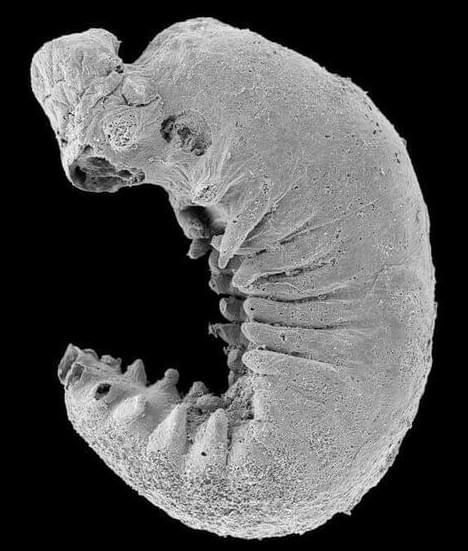


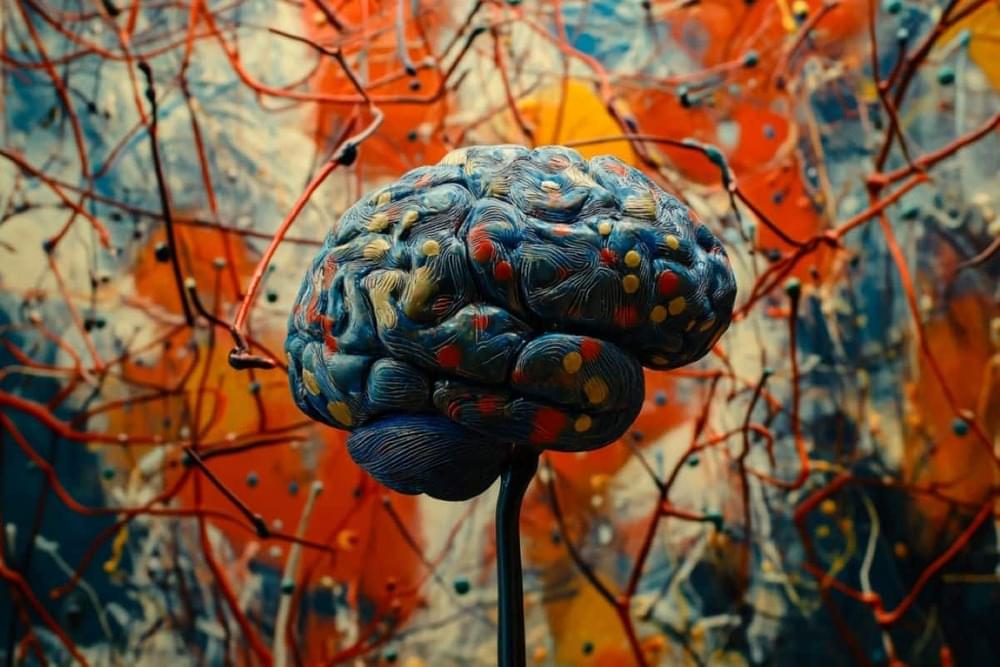
Summary: Researchers developed a computer model that mimics how the hippocampus stores new episodic memories without erasing old ones. This model demonstrates that the CA3 region of the hippocampus serves as an anchor point for memories, allowing efficient storage in surrounding regions.
The findings reveal insights into how the brain organizes personal experiences and maintains stability despite constant updates. The model shows promise for enhancing our understanding of memory retention and cognitive processing.
The ability to accurately quantify biological age could help monitor and control healthy aging. Epigenetic clocks have emerged as promising tools for estimating biological age, yet so far, most of these clocks have been developed from heterogeneous bulk tissues, and are thus composites of two aging processes, one reflecting the change of cell-type composition with age and another reflecting the aging of individual cell-types. There is thus a need to dissect and quantify these two components of epigenetic clocks, and to develop epigenetic clocks that can yield biological age estimates at cell-type resolution. Here we demonstrate that in blood and brain, approximately 35% of an epigenetic clock’s accuracy is driven by underlying shifts in lymphocyte and neuronal subsets, respectively. Using brain and liver tissue as prototypes, we build and validate neuron and hepatocyte specific DNA methylation clocks, and demonstrate that these cell-type specific clocks yield improved estimates of chronological age in the corresponding cell and tissue-types. We find that neuron and glia specific clocks display biological age acceleration in Alzheimer’s Disease with the effect being strongest for glia in the temporal lobe. The hepatocyte clock is found accelerated in liver under various pathological conditions. In contrast, non-cell-type specific clocks do not display biological age-acceleration, or only do so more marginally. In summary, this work highlights the importance of dissecting epigenetic clocks and quantifying biological age at cell-type resolution.
The authors have declared no competing interest.
The Illumina DNA methylation datasets analyzed here are all freely available from GEO (www.ncbi.nlm.nih.gov/geo).

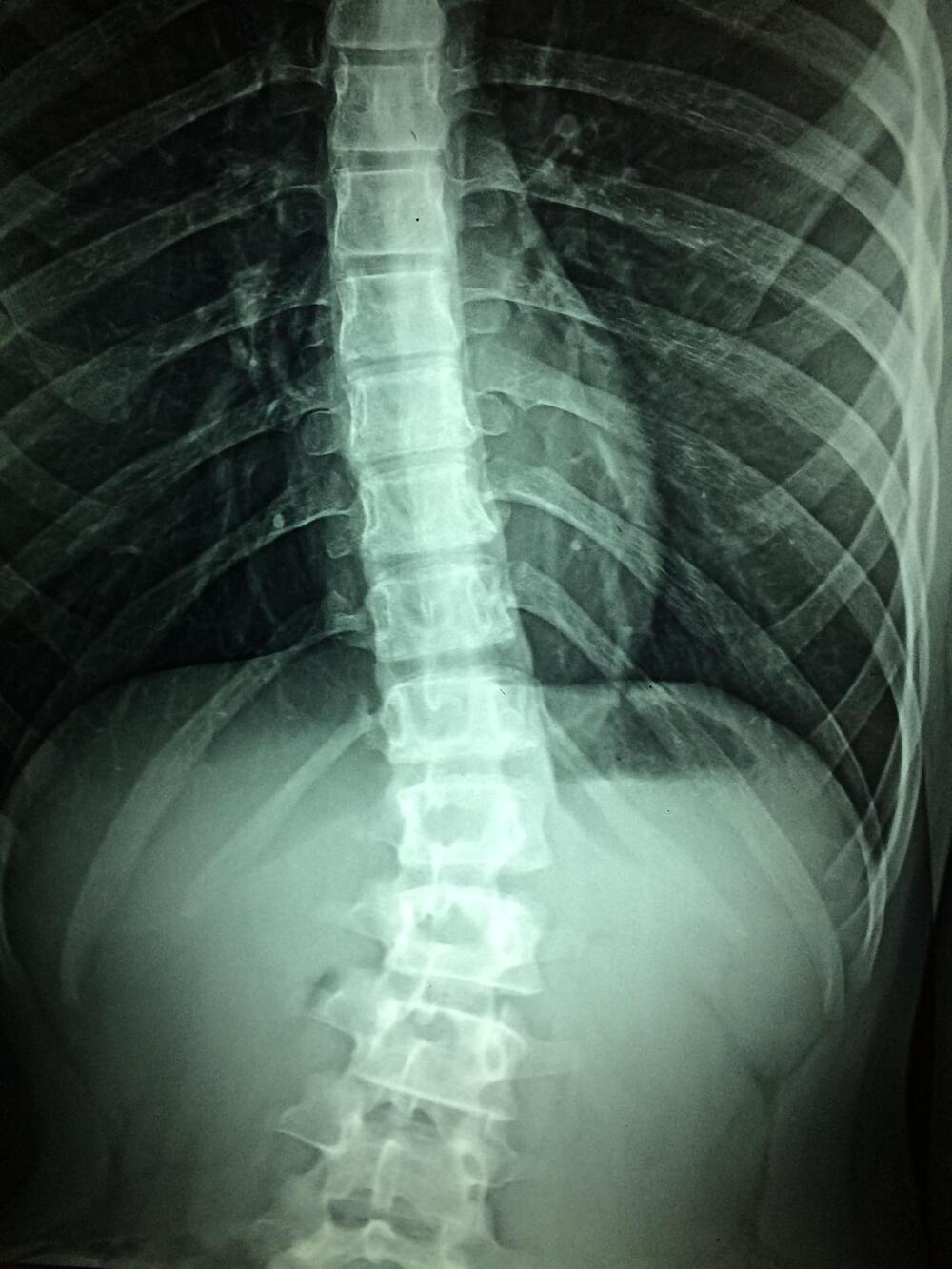
Injuries, infection and inflammatory diseases that damage the spinal cord can lead to intractable pain and disability. Some degree of recovery may be possible. The question is, how best to stimulate the regrowth and healing of damaged nerves.
At the Vanderbilt University Institute of Imaging Science (VUIIS), scientists are focusing on a previously understudied part of the brain and spinal cord —white matter. Their discoveries could lead to treatments that restore nerve activity through the targeted delivery of electromagnetic stimuli or drugs.
As in the brain, the spinal cord is made up nerve cell bodies (gray matter), which process sensation and control voluntary movement, and axons (white matter), fibers that connect nerve cells and which project to the rest of the body.
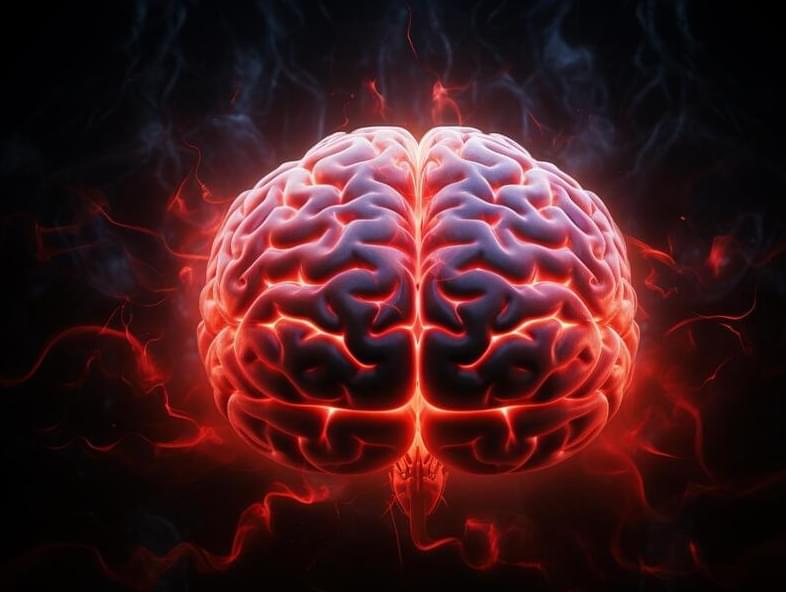
A UCSF study reveals that higher inflammation levels in young adults are associated with poorer cognitive performance in midlife, underscoring the importance of lifestyle choices in reducing inflammation and preventing cognitive decline.
Higher levels of inflammation in young adults, associated with factors like obesity, physical inactivity, chronic illness, stress, and smoking, are linked to decreased cognitive function in midlife, according to a new study from UC San Francisco.
Researchers previously linked higher inflammation in older adults to dementia, but this is one of the first studies to connect inflammation in early adulthood with lower cognitive abilities in midlife.
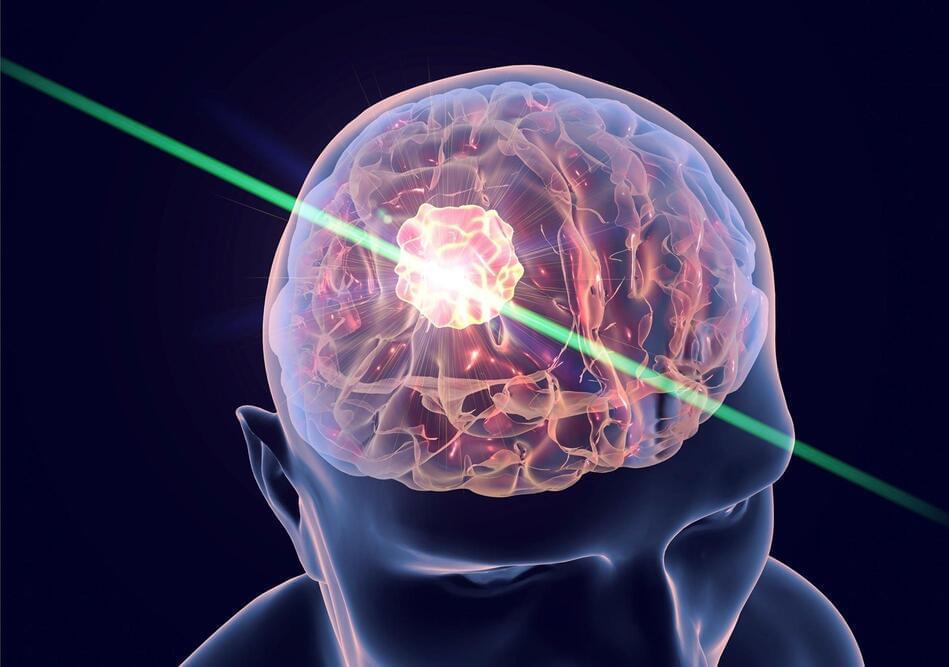
Researchers have discovered a new pathway used by cancer cells to infiltrate the brain and developed a promising therapy that targets this pathway with CAR T cells.
Their study showed significant preclinical success in increasing survival and eradicating tumors in animal models of glioblastoma and other brain cancers.
A team of Canadian and American research groups led by the Singh Lab at McMaster University have discovered a new pathway that is used by cancer cells to infiltrate the brain. The research also reveals a new therapy that shows promise in blocking and killing these tumors.
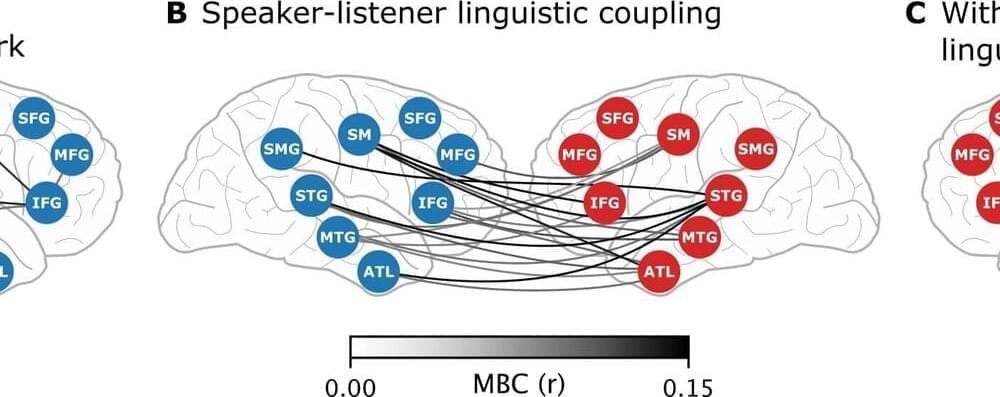
When two people interact, their brain activity becomes synchronized, but it was unclear until now to what extent this “brain-to-brain coupling” is due to linguistic information or other factors, such as body language or tone of voice.
Researchers report August 2 in the journal Neuron that brain-to-brain coupling during conversation can be modeled by considering the words used during that conversation, and the context in which they are used.
“We can see linguistic content emerge word-by-word in the speaker’s brain before they actually articulate what they’re trying to say, and the same linguistic content rapidly reemerges in the listener’s brain after they hear it,” says first author and neuroscientist Zaid Zada of Princeton University.

When we form a new memory, the brain undergoes physical and functional changes known collectively as a “memory trace.” A memory trace represents the specific patterns of activity and structural modifications of neurons that occur when a memory is formed and later recalled.
But how does the brain “decide” which neurons will be involved in a memory trace? Studies have suggested that the inherent excitability of neurons plays a role, but the currently accepted view of learning has neglected to look inside the command center of the neuron itself, its nucleus. In the nucleus, there seems to be another dimension altogether that has gone unexplored: epigenetics.
Inside every cell of a given living organism, the genetic material encoded by the DNA is the same, yet the various cell types that make up the body, like skin cells, kidney cells, or nerve cells each express a different set of genes. Epigenetics is the mechanism of how cells control such gene activity without changing the DNA sequence.